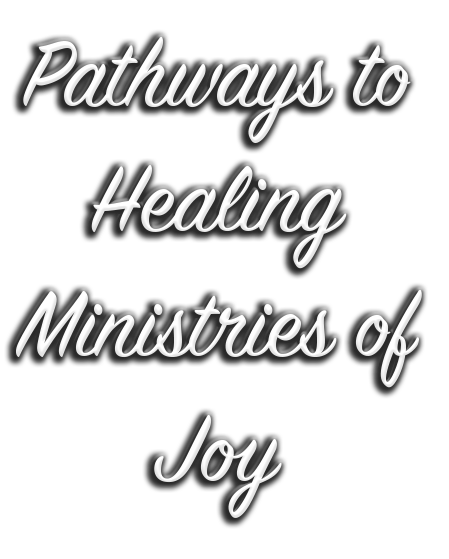By Joy Le Page Smith, MA, BCC
 Dr. Gordon Mate, author of When the Body Says No, states that children who hold their emotions in rigidly are taxing their nervous systems. When the adults in their lives discourage their expressing difficult emotions, children have no other recourse than to hold in their anger and sadness, ever so tightly. Dr. Mate connects serious illness, in some instances, with the fact that the nervous system only has so much energy to expend for “pushing down powerful emotions that cry out for expression.”
Dr. Gordon Mate, author of When the Body Says No, states that children who hold their emotions in rigidly are taxing their nervous systems. When the adults in their lives discourage their expressing difficult emotions, children have no other recourse than to hold in their anger and sadness, ever so tightly. Dr. Mate connects serious illness, in some instances, with the fact that the nervous system only has so much energy to expend for “pushing down powerful emotions that cry out for expression.”
Below is a technique to use with children, which will help them validate their emotions. This will
result in their having less stress and better health. When a child is upset, ask, “What are you
feeling?”
Mostly, both big people and little people have to learn how to validate emotions through
identifying what is felt and how the feeling relates to what is happening in life. The key to success
within this work is to watch when you feel uncomfortable or unhappy about something said or
done. Then do the work of identifying what emotion is arising.
The following five simple steps will give children a method for identifying what it is they are
feeling.
Hold up one of your hands with your palm open toward your face. Look at your fingers. Let
your first four fingers represent a feeling: glad, sad, mad, and “afrad.” (The word “afraid” is
tweaked here to allow a rhyme.) In this exercise your thumb can represent guilt. My suggestion is
to present these steps to your children, helping them to memorize the process. The idea, here, is to
get the children to identify their feelings and feel O.K. about expressing them, rather than to act
out their feelings.
Step 1: Beginning with your little finger, say, “glad,” while deciding whether or not this is the
emotion you are feeling. Probably, you aren’t feeling glad in the midst of a difficult moment. Yet,
this little finger (our glad finger) can remind us that within every difficult circumstance we can find
something for which to be glad or grateful.
Step 2: Move to your ring finger and say, “sad,” while asking yourself, “Am I feeling sad? Have I
been hurt by this thought of mine or by what has happened just now?” Our negative thoughts can
hurt as much as words from others. Watch for them and weed them out as quickly as they come.
Negative thoughts pull you down and are self-destructive.
Step 3: Next hold up your middle finger and say, “mad,” as this is one of our frequent feelings.
Keep in mind that irritation and frustration are derivatives of anger. Ask, “Am I frustrated? Am I
irritated?”
Step 4: Now, hold up your index finger and say “afrad” (afraid). Consider the emotion of fear
by asking yourself, “Am I feeling fear or anxiety in this situation?”
Step 5: End with your thumb, saying, “My thumb stands for guilt.” Ask yourself, “Is guilt what I
am feeling within this situation?” If we have done something hurtful to oneself or to another, wecan ask to be forgiven. Then, release that feeling of guilt, as it no onger belongs to you. Thumbs up for overcoming that guilt.
Taking time with children in this way allows for intimacy through opening the door for them to talk about what in life has become hard for them.


Leave A Comment